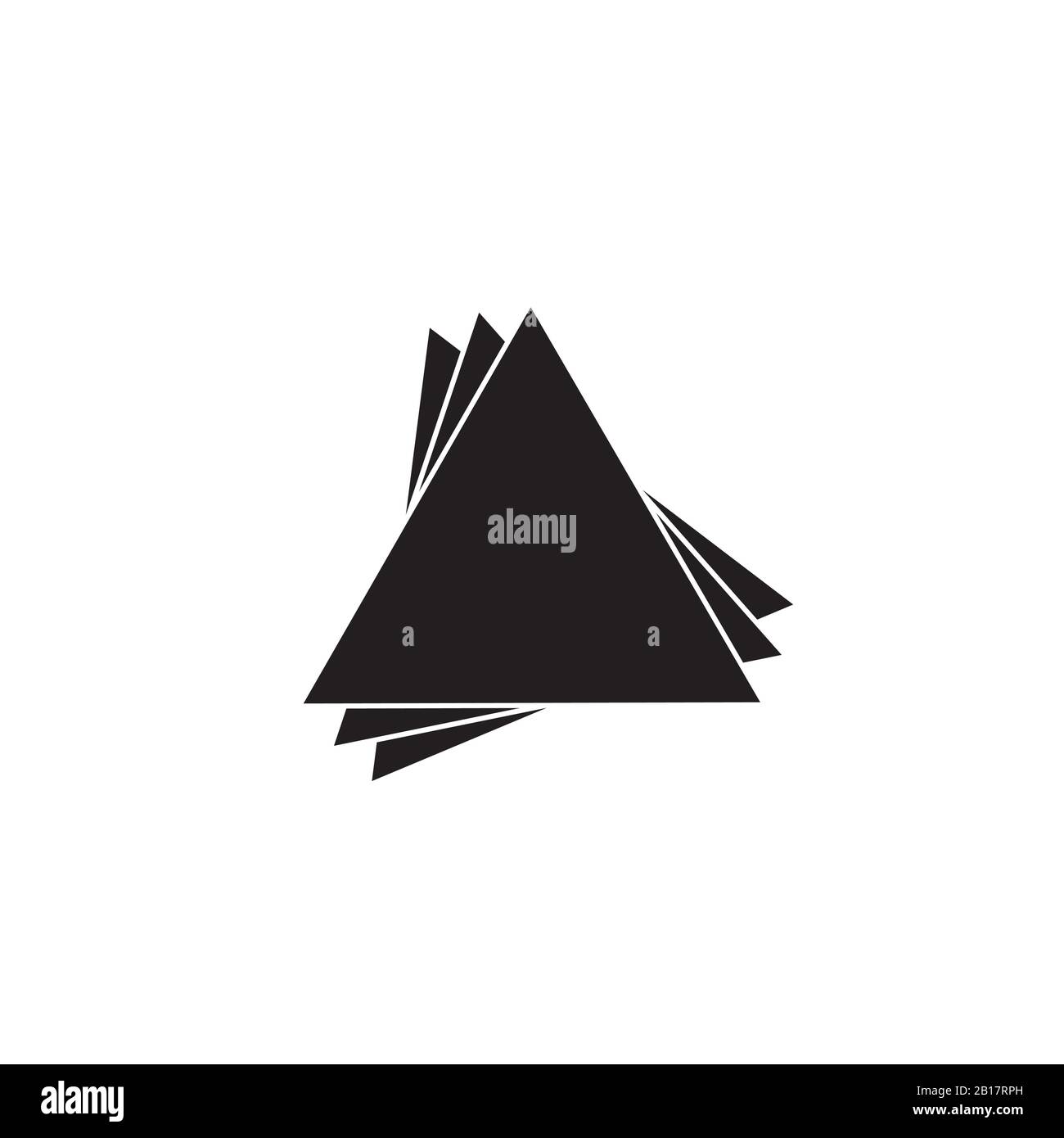

(Evolves when a Shellder clamps on the Slowpoke's tail in the anime.)Ī Seal Pokémon. It has more tentacles.Ī Water/Psychic type Pokémon that often uses its tail for fishing.Įvolves from Slowpoke at level 37. Poliwrath is the final form of Poliwag and is capable of unleashing powerful fighting type moves and will never become fatigue no matter how much it trains.Ī Water/Poison type Pokémon that resembles a jellyfish.Ī Water/Poison type Pokémon that evolves from Tentacool. Its spiral, whichs changes direction upon evolution may cause drowsieness if stared at. Poliwhirl is also considered a 'Tadpole' Pokemon and is the second form of Poliwag and has grown arms and is more apt to walking.
#Outline of water splash gif skin#
Its spiral on its stomach varies from area to area and its flexible skin is almost unpenetrable. Poliwag is known as the 'Tadpole' Pokemon and is Native to the Kanto region. It is sometimes mistaken as the Japanese Sea Monster Kappa. The Second form of Psyduck and know also as the 'Duck' Pokemon. It's mostly known as the 'Duck' Pokemon, Psyduck suffers from Chronic Headaches and uses pyschic abilities without meaning to. Its two High-pressured water cannons in its back are used for High-powered attacks. Known as the 'Shellfish' Pokemon, Blatoise is the Third form of Squirtle. Its furry ears and tail help it keep balance while swimming at fast speeds. Know as the 'Turtle' Pokemon, Wartortle is the second form of Squirtle. Squirtle is one of the First of the three starter pokemon of Blue and Red version.
Notice that only the trees on the left are in color while the rest of the image remains in black and white.Known as the 'Tiny Turtle' Pokemon, Squirtle is native to the Kanto Region. Here's an example of what the final color splash effect will look like when we're done. Once you know the steps, the entire color splash effect takes only a few minutes from start to finish. Finally, we'll fade the color so that it blends in better with its black and white surroundings, and we'll do that using the layer mask options in the Properties panel. Then, we'll use the Gradient Map's built-in layer mask, along with Photoshop's Brush Tool, to instantly restore the color in a single area. To create the color splash effect, we'll use a Gradient Map adjustment layer to quickly convert our image to black and white. Usually, a single click with a brush is all we need! What You'll Learn This can be a great way to create a more interesting and compelling image, and it's also just a really cool effect and a lot of fun! And, because we're not choosing anything specific in the image, there's no need to make any time-consuming selections. By limiting the color to just one area, like the leaves on a tree or the water under a bridge, we simplify the scene by bringing focus to that area. Often, landscape photos lack a clear subject, leaving the viewer's eye to wander. In fact, I cover a simple way to do that in our Easy Selective Color Effect tutorial where I bring back the color in a woman's red dress.īut for certain types of photos, especially outdoor landscapes, it can be more effective to restore the color not in any one object but in a general area.

Usually, we restore the color in a specific object, like a dress or a flower. In this Photoshop tutorial, we'll learn a super easy way to add a color splash effect to a photo! A "color splash", also known as "selective color", is where we convert an image to black and white and then restore the color in just one area.


 0 kommentar(er)
0 kommentar(er)
